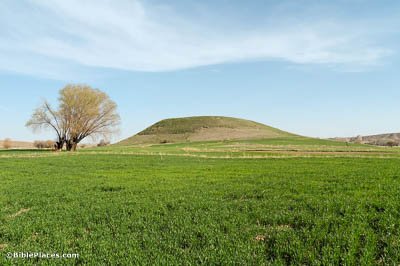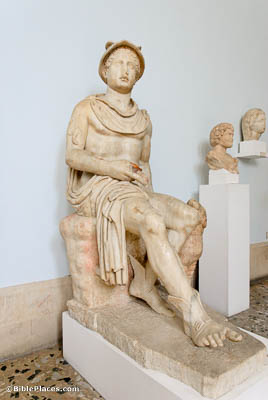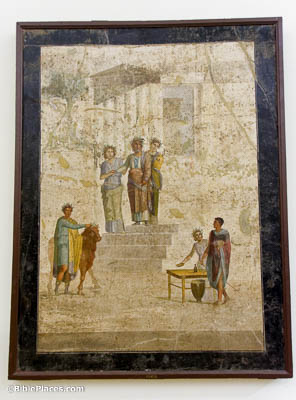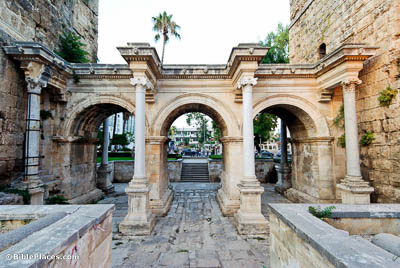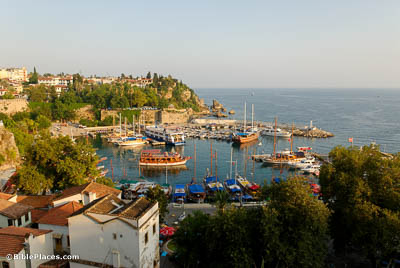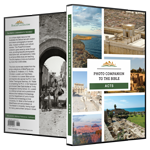And at Lystra there sat a certain man (Acts 14:8).
Lystra was a market-town in the region of Lycaonia. In 25 BC, Augustus made Lystra a Roman colony in order to protect routes into the Taurus Mountains and decided that a Roman road (called the “Imperial Road”) should be built between Lystra and Pisidian Antioch. During this time, a temple to Zeus was also constructed at Lystra.
